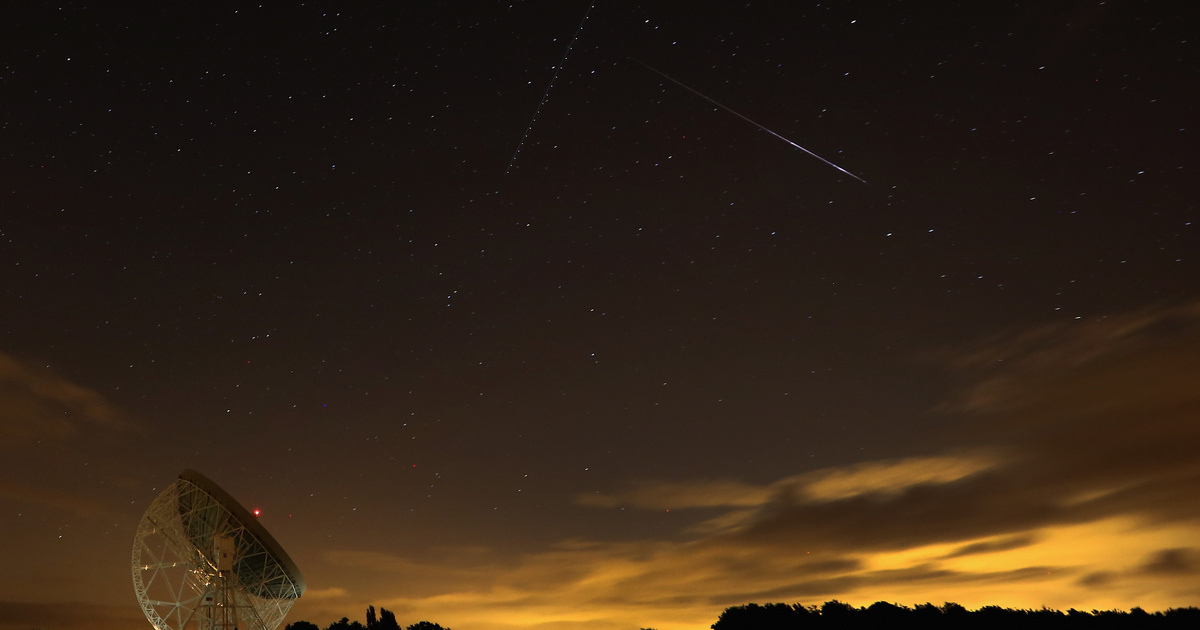As Index also writes, according to Harvard physicist Avi Loeb, extraterrestrial matter lurks in the depths of the Pacific Ocean. His claim was met with skepticism by many in the academic community at the end of June, however now Another planetary researcher, astronomer Humberto Campins of the University of Florida, confirmed Loeb’s claims.
In 2014, a fireball traveling at dizzying speed crashed into the Pacific Ocean. This was the IM1 meteorite, which Loeb and his colleague calculated to be of interstellar origin. The fireball was ignited by the friction of the air as it moved toward the ground, leaving behind a trail of molten iron droplets. Loeb and his colleagues thought that the interstellar coins could be picked up from the Pacific Ocean using powerful magnets. The scientist claimed that the composition of the small mineral balls found in the depths of the sea consisted of “unprecedented” elements and did not match any natural or synthetic alloy found on Earth.
This material could be evidence that the meteor that hit the coast of Papua New Guinea in 2014 was actually an alien spacecraft.
I think it was indeed an extrasolar meteorite
Now Campins said.
According to him, based on its composition, the substance is a piece of a distant exoplanet or a large interstellar asteroid. Loeb concedes that this is the most likely explanation, but does not rule out that it is evidence of higher intelligence.
Michael Garrett, a professor at the University of Manchester, said: “I deeply admire Avi’s enthusiasm for the search for extraterrestrial intelligence, but I would be surprised if this latest effort provided definitive evidence of extraterrestrial spacecraft here.”
Matthew Ging of Imperial College London votes for no UFOs in the depths, as the sea floor is littered with material from satellite debris, missile particles, and industrial and nuclear testing. He claims that there are tens of thousands of different alloys, and he certainly hasn’t compared them all.
Avi Loeb’s wild claims distort science with sensationalism, according to most scholars. The problem is that usually scientists go through peer review first and then announce their discoveries, said astrophysicist Stephen Tingay, but Avi does things differently, and that obviously bothers a lot of people.












































